
Latent Trauma Affecting the Joints, Muscles & Mental Health: Acupuncture Wisdom
Trauma can leave its remnants throughout the body and mind. For example, physical trauma due to injury, if it fails to fully heal can result in periodic rheumatism (joint pain). Emotional trauma that fails to fully heal can also leave remnants. Such remnants can periodically flare to harass the body and mind, often as obsessiveness, anxiety, depression as well as various psychosomatic symptoms like pain, digestive and ENT (sinus and head) issues.
Periodic, reappearing traumatic remnants are due to latency. Instead of successfully, fully eradicating the traumatic damage, or the lingering pathogenic factor (invader, insult, disappointment, shock, virus, bacteria, injury etc), the body represses the issue, drawing it deep into the body, into a state of hiding where it seems to disappear.
Icing an injury is notorious for perpetuating lingering, latent or periodic traumatic longterm conditions. The cold, due to its constrictive energetic nature, draws an injury and its damage deep into the body, usually into the joints where it lingers. The cold treatment reduces the swelling and pain, yet fails to fully eradicate the issue. Heat and the inflammatory response are that which eradicate issues. The nature of the body’s immune system is hot. It utilizes sweating and other purgative methods to fully release toxic material in the body. To use cold therapy, stops the immune response, which can admittedly become overreactive and damaging in its own right. This causes a condition to reduce in intensity, yet often never fully resolves.
The ideal healing process for injuries is to guide the pathogen out of the body by managing the immune response, if the body fails to do this on its own. The immune heat of the body only become detrimental when it becomes stuck or over-exuberant. Therefore, acupuncture treatment often focuses on moving blood, energy and fluids to maintain smooth flow, transformation and transportation necessary for full, successful healing.
Emotional repression has a similar story. The repressive response to trauma also has a constrictive nature that draws issues deep into the body. Chinese medicine views everything, even mental-emotional conditions in the language of physicality. It sees unresolved issues – physical, mental and emotional, when they are put into latency, as going into the joints of the body as well as into the circulatory system. These are common areas where latent, unresolved issues are stored.
Two major acupuncture channel systems are highly effective to treat unresolved, lingering, latent or repressive conditions. The first of which are the Luo “Connecting” Vessels which utilize the circulatory system to store unresolved trauma. The second are the Divergent Channels which utilize the joints to store unresolved trauma.
Trauma that occurs on the physical, mental or emotional levels of the body can manifest lingering symptoms in a variety of ways. Something that traumatizes us mentally or emotionally can cause physical symptoms: psychosomatics, especially when the trauma has been repressed. Physical trauma that is unresolved can also cause mental-emotional symptoms. The body is an energetic system. When there is stagnation within the energy system, due to a lingering, latent condition, this will create “rebellion” (energy moving in erratics ways) which can lead to various symptoms in all aspects of the body and mind.
Many common disorders can have their root in a latent condition, especially those involving the muscles, circulatory system and joints. Obsessive, compulsive and other personality disorders can also stem from the repression of trauma.
A famous chapter from the core acupuncture textbook discusses latent conditions. Chapter 58 of the Ling Shu (Spiritual Pivot) is entitled “Thieving Wind.” The term “thieving wind” refers to a person who feels their life and vitality has in some way been stolen from them. Wind is a metaphor for change. It can also refer to a challenge or insult from the outer world that confronts us, usually with a destabilizing effect. Thieving Wind means something has happened to the person which caused them to lose their vitality, willpower, sense of well-being: as if a thief stole their happiness.
Chapter 58 discusses situations where a person’s health goes into decline or their life becomes difficult, yet they usually don’t know why. The chapter says it almost seems as if the person has become possessed by a ghost or demon.
“When someone who has never encountered evil qi (energy), and has no fearful mind, and suddenly falls ill nevertheless, what is the reason? Could it be that he falls ill because of the workings of demon spirits?”
Yet, the true cause says the chapter is due to a latent condition hiding within the body. Something repressed and unresolved: metaphorically the demons lurking within.
Chapter 58 explains:
“Because evil qi (energy) have remained in the body, without having broken out as a disease,” it seems as if the person has been afflicted with some entity, yet they don’t know what it is. They don’t develop a disease per-se, yet their health seems to go into some sort of decline or change. Or their mind becomes distressed, distracted or even deranged.
Classically, in ancient times, when a person who seemed otherwise healthy and happy suddenly became depressed and afflicted, it was thought to be due to possession by a ghost. During less superstitious modern times, ghosts were no longer seen as a cause of disease. At least they weren’t discussed in medical literature. Instead, the ailment was seen as due to a lingering, latent factor: something that hasn’t completely resolved, yet becomes hidden and lurking in the body. The body will not develop a serious disease, yet the overall vitality will seem to go into decline, or the mind will become afflicted, usually by some sort of depressive, addictive or obsessive tendency.
The original cause of the disorder can be due to an unresolved injury, contraction of a virus or bacteria. Yet the issue can also be emotional in nature: due to our cravings and aversions. Desires that have not been satisfied, or things we avoid or feel insecure about: both of which can haunt us consciously and unconsciously.
The Luo Vessels as an acupuncture channel system are said to be depositories for our longings and aversions: the things in life we become too animated about, as well as the things we feel insecure or in avoidance from. They are also classically seen as vessels of latency. They hold onto unresolved issues, causing strange symptoms in the body, especially obsessive-compulsive disorders.
Chapter 58 discusses pathology going into the vessels of latency and what occurs physiologically:
“When someone has an aversion to, or excessively longs after something, his blood and qi will be disturbed internally, and the two qi beat at each other. The origins are quite subtle. One may look at them, but will see nothing. One may listen to them, but hears nothing. Hence it seems as if demon spirits were involved.”
When latency occurs, the person may seem diagnostically ok. Their blood tests, pulse diagnosis and other diagnostics may appear fine, yet the person feels something is wrong, usually in a way that is mysterious and hard to pin down.
Trauma often involves shock, but it can also be due to disappointment or loss. As stated above, excessive aversions or longings cause disharmony between the blood and qi (energy) within the body. Blood stasis is often seen as the nature of trauma: the blood becomes stuck due to an injury or shock of some sort. But emotional disturbance also causes stagnation within the blood, as well as the Qi: the energy that moves the blood and governs all metabolism and movement in the body.
In Chinese medicine there are two major forces that govern physiology and life: blood and qi (the energy that moves the blood). Blood nourishes and qi motivates, moves, creates and transforms. They have a close synergistic relationship, but as stated above they can sometimes fight one another, especially when they become stagnant or rebellious.
Another interesting chapter from the Ling Shu discusses a syndrome resembling our modern idea of manic depression. Chapter 22 is entitled “Dian Kuang,” translated as withdrawal and mania, or manic depression. This chapter says that mania and withdrawal (Dian Kuang) begins with a sense of depression.
“In the beginning of withdrawal (Dian), the patient at first is no longer cheerful. His head seems heavy and aches…When the disease becomes more serious and reaches its culmination the patient’s heart will be vexed. This shows in his complexion.”
The beginning of withdrawal is marked by a type of depression and heaviness. The beginning of mania or madness (Kuang) is similarly marked by mental-emotional distress:
“In the early beginnings of madness, the patient at first is grieved about himself. Such persons tend to be forgetful, they are easily enraged, and they tend to be fearful.”
The remark about a change in complexion and forgetfulness both reference the Luo Vessels and the blood. In Chinese medicine, the Luo Vessels show themselves through visibility, usually in the form of varicosity on the skin (broken blood vessels). However, they can also express themselves through changes in the complexion. Both the complexion and memory are related to the state of the blood in Chinese medicine. Therefore Dian Kuang is suggested to be a disorder rooted in blood pathology, the Luo Vessels and therefore latency: repression of trauma occurring through the circulatory system.
Both Chapters 58 and 22 suggest mental-emotional issues can be the result of latent conditions lingering in the body, to the point where a person’s personality and mood change, as if they were possessed by a ghost or demon. They make a person prone to depression, agitation, forgetfulness, fear and fits of anger. Repression from trauma would fall under this category as well.
There is a third chapter from the Chinese medical classics that also discusses ailments that originate with disappointment and mental-emotional distress. The companion textbook to the Ling Shu is called the Su Wen (Simple Questions). Chapter 44 of the Su Wen discusses Atrophy Syndrome (Wei Atrophy) which is a type of inflammatory degeneration of the tissues of the body.
“In the case of a loss, or in case one longs for something but does not get it, then this manifests itself [in the] lung…The five [viscera] develop atrophy with an inability to walk.”
The Lung is the organ most affected by grief and loss; also by external challenges and change in general. Chapter 44 says this emotional experience, or trauma as some people experience it, can lead to atrophy within the other organs. Two of the Luo Vessels are said to manifest the inability to walk as their classic symptoms when diseased. Chapter 10 of the Ling Shu says when the Stomach and Gallbladder Luo Vessels become diseased, they can lead to inability to rise from a seated position, paralysis and/or weakness of the lower limbs. Chapter 44 says all atrophy disease begins in the Lungs, often associated with some type of loss, frustration or disappointment.
Chapter 44 says in addition to emotional distress, atrophy disorder can also come from obsessive thinking (pondering) as well as excessive debauchery.
“When sadness and grief are excessive…When pondering is without limits, when one does not get what one had longed for, when lewd sentiments flow unrestrained to the outside and when one enters the women’s chambers excessively, then the basic sinew slackens. This develops into sinew [atrophy].”
Chapter 44 describes degenerative conditions that range from losing the ability to walk to impotence (the basic sinew is the penis). One of the causes of these conditions is unhappiness, disappointment and excessive behavior, in this case excessive sexual activity. Mental-emotional distress and excessive behavior cause the visceral organs to become “hot” which causes them to transmit their heat into the body tissues which thus begin to atrophy. The tissues of the body are “ruled” by and connected to the energy of the internal organs. They are areas where there is constant exchange.
The chapters from the medical classics devoted to discussing the Divergent Channels, especially chapter 68 of the Su Wen, says when the internal organs become diseased, they will transmit their disease into the tissues of the body rather than hold the toxicity within themselves. This is a form of latency, which my teacher would call the “disease nemesis theory.” The body safeguards its survival by transmitting unresolved disease to less vital areas. The internal organs are necessary for life. When they become diseased, life can be in grave danger. Yet when the tissues of the body are diseased, there will be symptoms, yet they will usually not be eminently life threatening. A degenerative disease will result.
One of the most common body tissues to degenerate are the joints. Arthritis and degenerative joint disease are examples. The major method for working with joint issues in particular, as illuminated by the Divergent Channels, is that the organ associated with the joint that is diseased must also be treated, as it is the internal organ that is transmitting the disease. Otherwise the joint issue usually will not fully clear. This is the same thing as dealing with the symptoms of trauma and repression that require dealing with the actual issue itself, and the organ which is contending with it. For example, grief is the emotion most associated with the Lungs, as suggested by Chapter 44 of the Su Wen. If grief or loss is the root experience or trauma associated with a degenerative disease, the Lungs must be treated. If shock is the root trauma, this is associated with the Kidneys. Betrayal with the Heart.

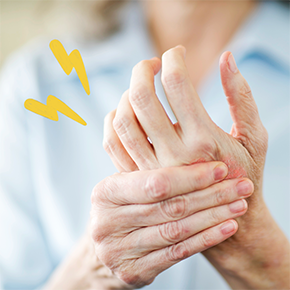


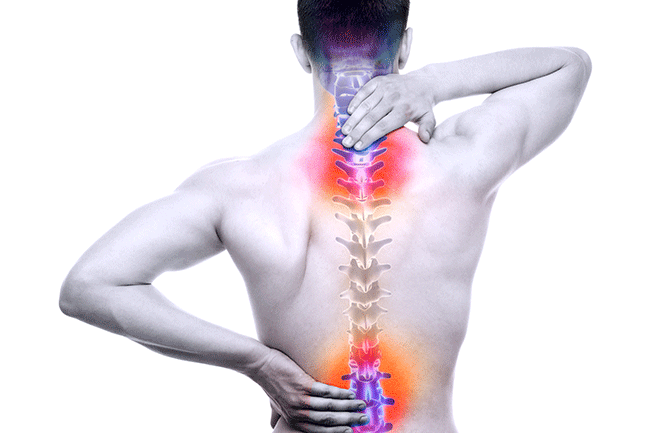
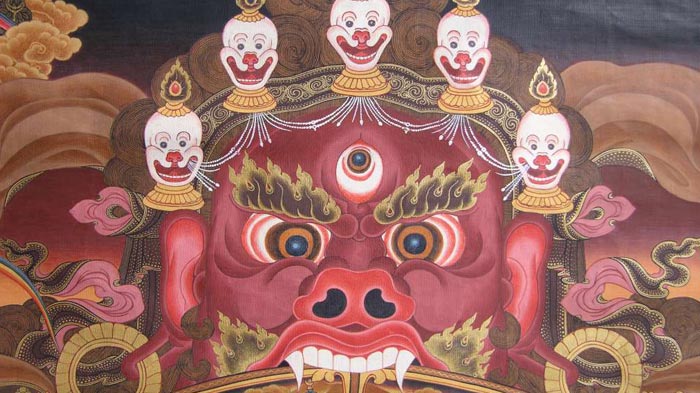
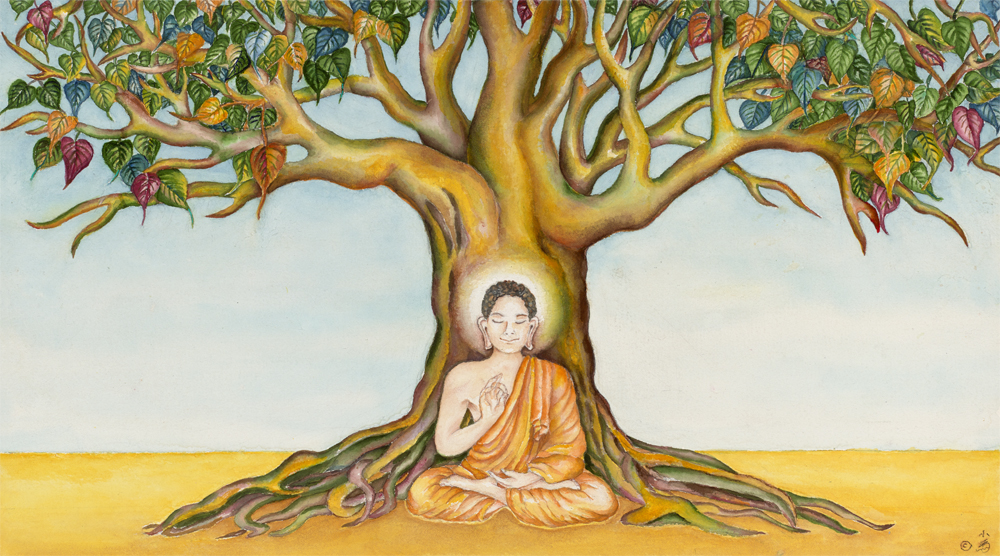
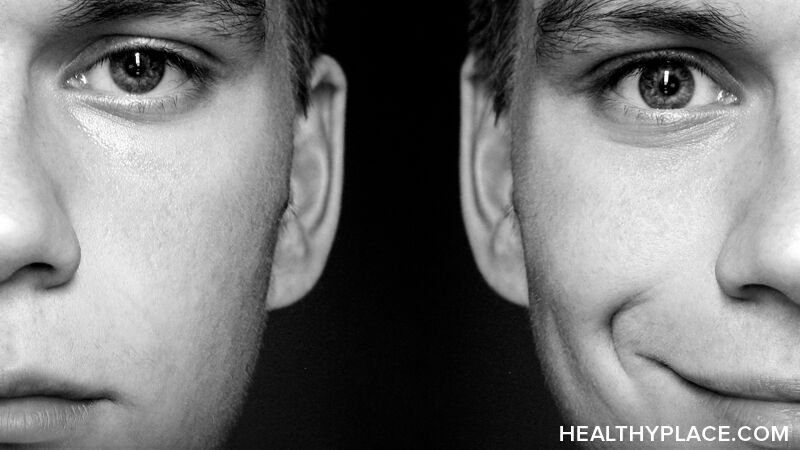
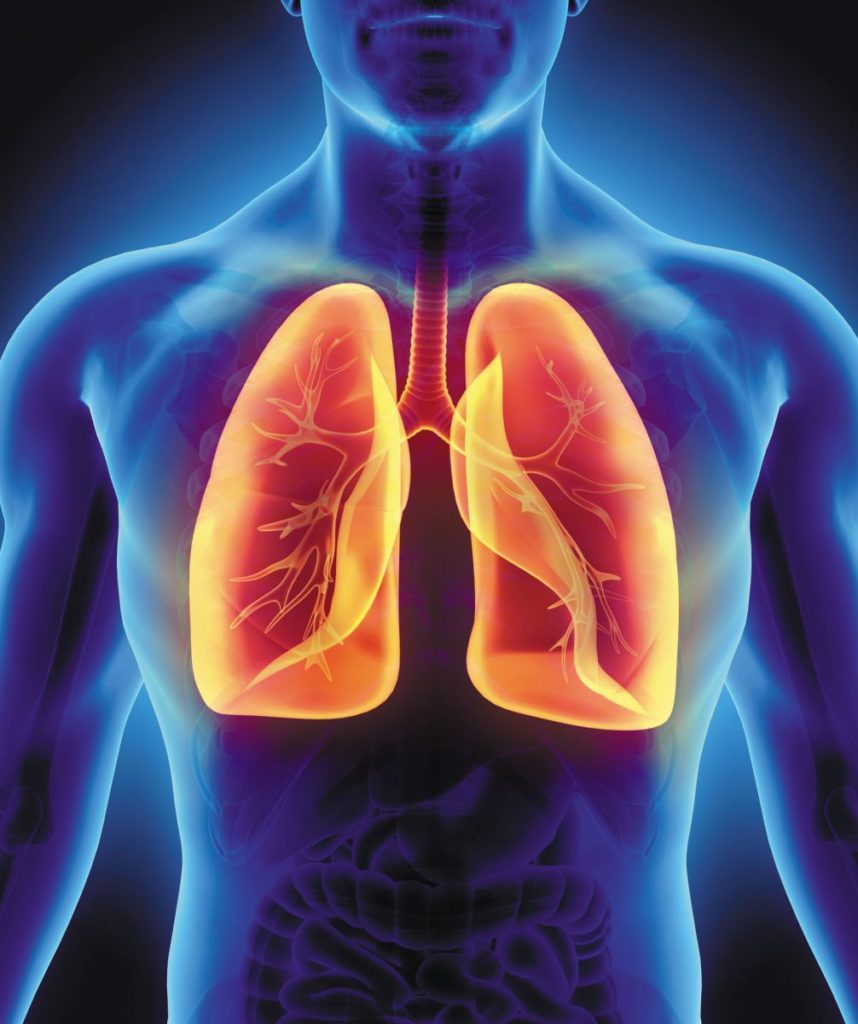
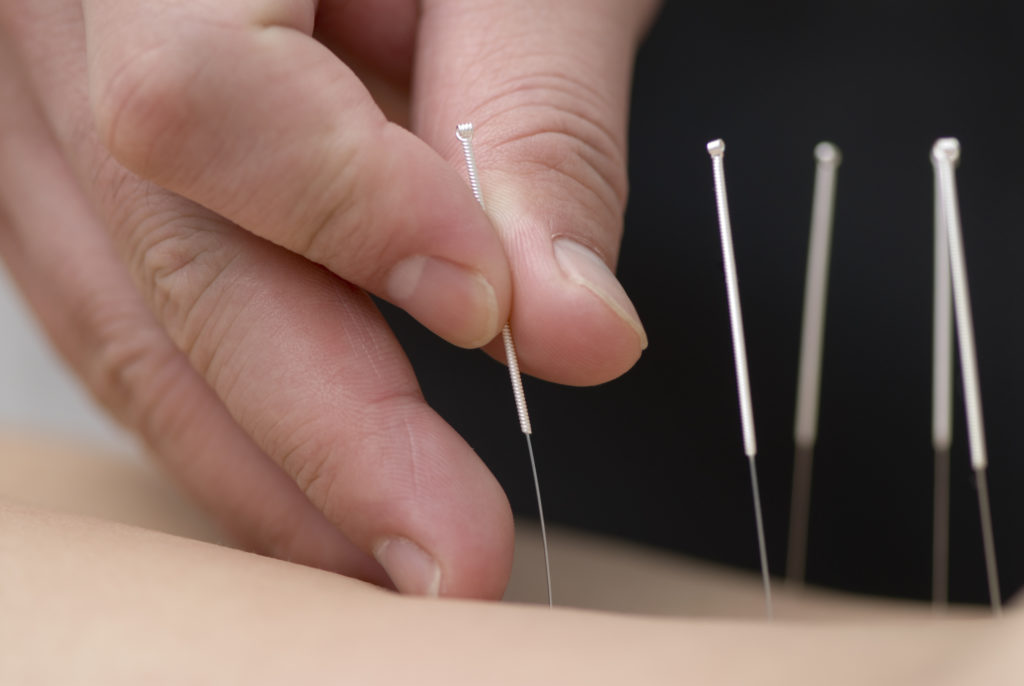



No Comments